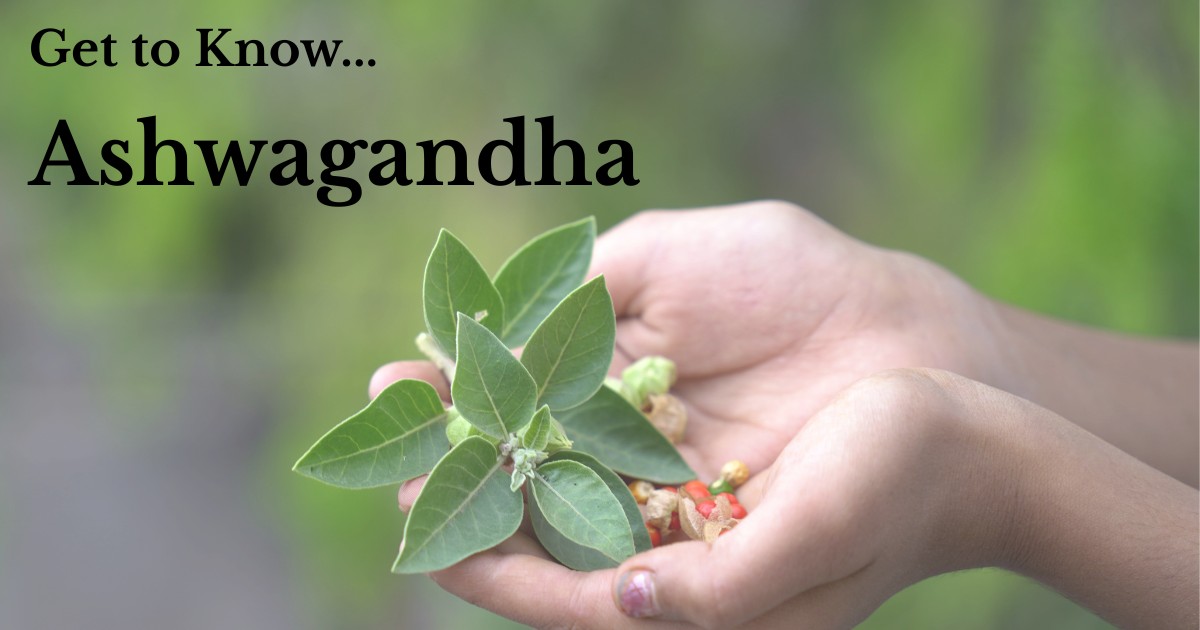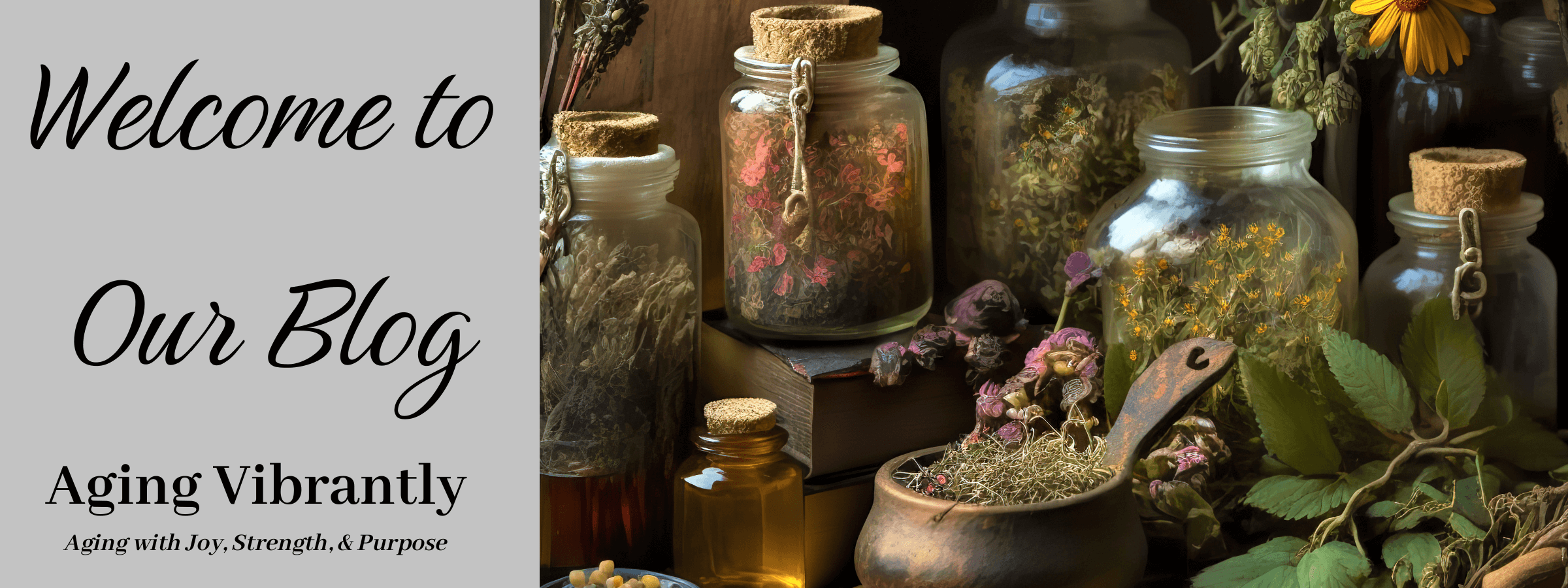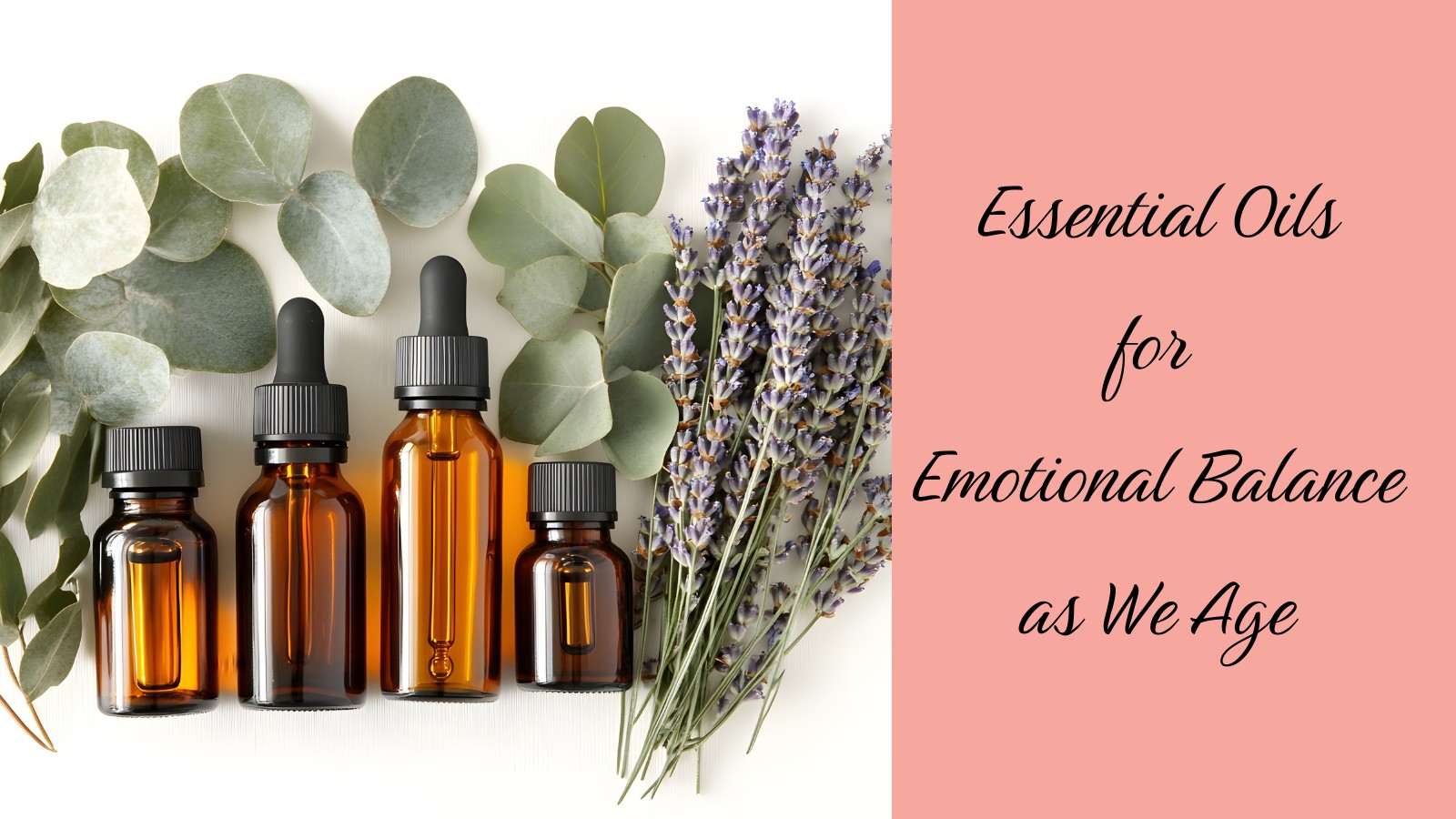
Welcome to our new Feel Good Friday series — a weekly spotlight on powerful herbs that help us age vibrantly and naturally! Each week, we’ll explore one healing plant, its unique benefits, and how it can support your whole-person wellness journey. 🌿
This week, we’re starting with one of nature’s most trusted stress-soothers — Ashwagandha, the calming adaptogen that helps restore balance, energy, and peace from the inside out. 💚
Disclaimer: The information shared in this series is for educational purposes only and is not intended to diagnose, treat, cure, or prevent any disease. Always consult with your healthcare provider before starting any new herbal supplement, especially if you are taking medications or have existing health conditions.
Ashwagandha (Withania somnifera) known as: Winter cherry, Indian ginseng
Family: Solanaceae
Parts used: Root
Native to: India and Africa
Family: Solanaceae
Parts used: Root
Native to: India and Africa
🌱 Botanical Snapshot
Ashwagandha is a small, perennial shrub that grows 2.5–5 feet tall, often thriving in dry, rocky soils and warm climates.
- Stem: Sturdy, with fine hairs that give it a slightly fuzzy appearance.
- Leaves: Simple, ovate, and arranged alternately along the stem—green with a velvety texture.
- Flowers: Small, greenish-yellow blooms that grow in clusters at the leaf axils.
- Fruit: Bright orange-red berries, smooth and enclosed in a papery calyx, similar in look to tiny ground cherries.
- Root: The most valued part—long, thick, and brown, with a strong, earthy odor. It contains key bioactive compounds such as withanolides and alkaloids that contribute to its adaptogenic and restorative effects.
Ashwagandha’s deep root system anchors it in arid soil and symbolizes its grounding nature—helping the body and mind find balance during stress.
🌍 Where It Grows
Native to India, Nepal, and parts of Africa and the Mediterranean. Organically cultivated sources are preferred due to sustainability concerns in parts of India.

🧪 Key Constituents
- Alkaloids (somniferine, withanine)
- Steroidal lactones (withanolides)
- Sitoindosides
- Iron
🌸 Traditional Background
Ashwagandha has been treasured for over 3,000 years in the Ayurvedic healing tradition of India, where it’s classified as a rasayana—a rejuvenating herb used to promote longevity, vitality, and resilience.
The Sanskrit name ashwagandha translates to “the smell of a horse,” symbolizing the strength, stamina, and vitality it is believed to impart. Ancient Ayurvedic texts describe it as a restorative for those who are exhausted, aging, or recovering from illness. It was commonly given to the weak, anxious, or overworked to restore balance between body, mind, and spirit.
Ashwagandha’s Latin name, Withania somnifera, means “sleep-inducing,” highlighting its unique combination of calming and energizing qualities. It nourishes the nervous system and adrenals, helping the body adapt to physical and emotional stress without causing overstimulation—a rare trait among adaptogens.
In traditional practice, it’s often blended with warm milk, honey, or ghee to enhance absorption and nourish the body deeply. This bedtime tonic was seen as a symbol of comfort and restoration, helping people wind down and rebuild from the day’s demands.
Ayurvedic healers also use ashwagandha to support reproductive vitality, enhance mental clarity, and strengthen immunity, viewing it as one of the most balancing herbs in the Ayurvedic pharmacopeia—suitable for nearly everyone, from the frail and elderly to those under chronic stress.
💪 Key Benefits
| Area | Benefit |
|---|---|
| Stress & Anxiety | Calms the nervous system, reduces anxiety, promotes restful sleep |
| Energy & Vitality | Builds stamina and strength over time without overstimulation |
| Cognitive Support | Improves concentration, focus, and mental clarity |
| Hormonal Balance | Supports fertility and reproductive health in men and women |
| Immune Health | Enhances immune function and resilience |
| Blood Sugar & Cholesterol | Shown to help lower glucose, LDL, and VLDL levels |
| Thyroid Function | May support underactive thyroid (use with caution in hyperthyroidism) |
💤 Unique Trait
Unlike many adaptogens, ashwagandha is both calming and restorative—ideal for stress-related fatigue, anxiety, and poor sleep.
⚠️ Cautions*
- Avoid during hyperthyroidism or while taking thyroid medications.
- Use under guidance during pregnancy.
- Not for those with iron overload conditions (like hemochromatosis).
☕ How to Use*
Traditionally taken as a powdered root mixed into warm milk (often with honey) before bedtime.
Typical Ayurvedic dose: 5 grams twice daily.
Typical Ayurvedic dose: 5 grams twice daily.
Try This at Home
Calming Ashwagandha Latte
- 1 cup warm almond or oat milk
- ½ tsp Ashwagandha powder
- ¼ tsp turmeric
- Pinch cinnamon
- 1 tsp honey (optional)
Whisk together and enjoy before bedtime.

Closing Thought
Adding Ashwagandha to your wellness routine may help you stay calm, focused, and energized through life’s transitions. Remember—herbal wellness is a journey, not a quick fix. Start slowly, listen to your body, and celebrate the small steps toward vibrant aging.
*Aging Vibrantly provides educational, inspirational, and faith-based wellness content for older adults and caregivers. Our services are not a substitute for professional medical, legal, financial, or counseling advice.
💚 Want to Learn More?
Join us every "Feel Good Friday" and get to know another to benefit you as you Age Vibrantly!
Join us every "Feel Good Friday" and get to know another to benefit you as you Age Vibrantly!
Subscribe to Aging Vibrantly Quarterly for more about Holistic Wellness as You Age.















0 Comments